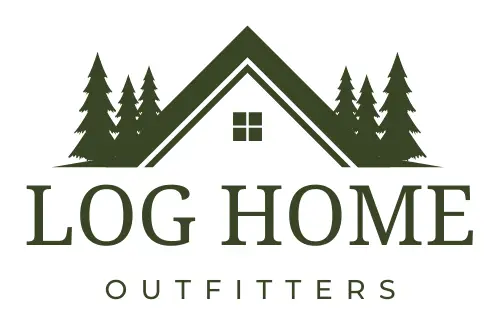The term HEPA has become synonymous with clean air.
We hear about vacuum cleaners with HEPA filters that keep the dust particles from your carpets from floating back into your air.
You may be aware of your office building have a HEPA filtration system because youve seen the maintenance crew come through and periodically change the filters.
But do you really know what a HEPA filter is and does.
This article should clear the air about what is fact and what is fiction as it relates to a HEPA air cleaner.
The HEPA Standard
First of all HEPA stands for High-Efficiency Particulate Arrestance.
Any air filtration system that claims to contain a HEPA filter must be able to remove 99.97% of particulates larger than 0.3 microns in size from the air consistently.
That is a high standard to follow and why the places with the most critical air quality requirements rely on HEPA filters.
This high rate of filtration can also never dip below the 99.97% to maintain true HEPA quality.
Another distinguishing feature of HEPA filtration is that once the air particles are trapped into the filer, they cannot be allowed to re-enter the air.
A HEPA filter is removed and washed or replaced to eliminate the trapped particles.
HEPA filtration systems also cannot produce any bi-products from the filtration process.
Other methods such as ionic air filters emit ozone as a part of the filtration process.
One point of distinction regarding HEPA filters is that the high standard is the ideal.
Not all HEPA filters perform at this level all of the time.
As filters get dirty or if the air is excessively polluted a HEPA filter will not be able to always remove 99.97% of air particles.
Be cautioned that many products claim to be HEPA type filters and this is not the same product.
The requirements for filtration on products labelled HEPA type are only 95% filtration of particles larger than 0.3 microns in diameter.
HEPA Filters for the Home
Home applications of HEPA filters are found in air conditioning systems, furnaces, and even vacuum cleaners and bags.
There are also appliance-like filtration systems that resemble a piece of furniture.
You can create an environment of fresh air in your home with a table top air purifier that contains HEPA technology.
This may or may not be combined with a humidifier system that also adds moisture to the air creating the perfect blend of clean air and humidity.
An important part of creating a safe and healthy home environment is regular maintenance of home appliance and systems that contain filters.
Also, use care to properly ventilate your home and make a home improvement project out of replacing and/or cleaning your filters regularly.
Any improvements in air quality can impact your health for the better.
If you are prone to allergies, it is important to use air conditioning and filtration systems to keep pollens out.
Keeping surfaces free of these allergens with regular dusting will allow air purifiers and filters to do a better job of trapping air borne culprits.




